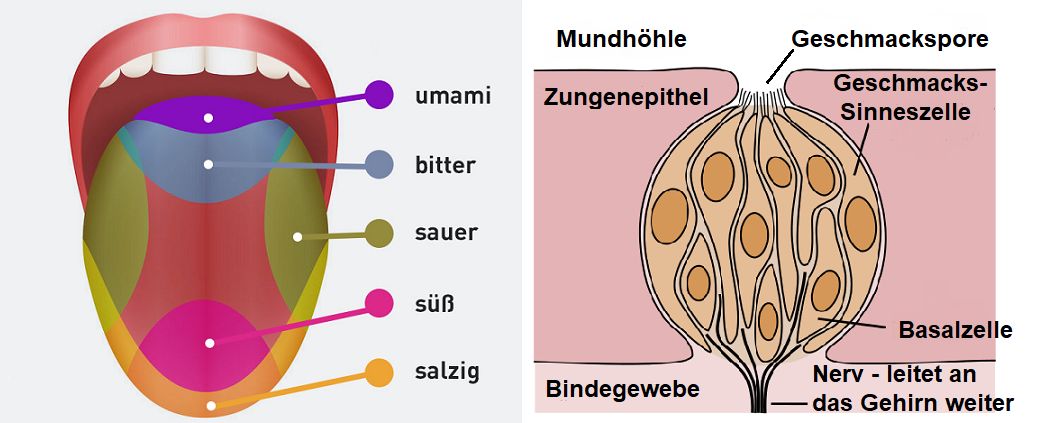One of the six taste sens ations (besides bitter, fatty, sour, sweet, umami) that is mainly perceived in the front edge of the tongue. However, this taste sensation is also dependent on the wine temperature and is intensified at low temperatures. In terms of quantity, the most important substances with a salty taste in wine are the inorganic minerals potassium, magnesium, sodium and calcium. The vine absorbs these inorganic substances from the soil.

Salts in grapes and wine
In the grape and later in the wine produced from it, the minerals are predominantly present as salts of organic acids. The most common organic acids of these salts are tartrate (tartaric acid), malate (malic acid), lactate (lactic acid), succinate (succinic acid) and citrate (citric acid). The organic acids are formed by the grapevine itself or are produced by yeasts or bacteria during fermentation and subsequent maturation of the wine. The concentration of these salty-tasting substances in the wine can vary greatly. It is usually 2 to 5 g/l of inorganic minerals and with a wide range of 5 to 20 g/l of organic acids, as salts together 7 to 25 g/l.
Taste sensation
When addressing wine, one should distinguish between salty taste and the mineral aroma that some wines exhibit, although salty and mineral are also often used synonymously. The mineral impression may or may not be due to the salts listed. A mineral flavour impression can be caused by free sulphur or sulphites due to the sulphurisation of the wine. Some phenols or the sulphurous thiols can also give a mineral impression, although they are not inorganic minerals.
Wines with a salty aroma are also called alkaline and assigned to the mineral tones. Certain soil types are often cited as the cause. A salty taste is typical for wines from the French Chablis, the Spanish Manzanilla (Sherry) or the Italian Bardolino called Salato. However, this taste has not only to do with the soil. Certain grape varieties such as Arvine from Valais can also be responsible.
Picture left (edited): Copyright: Peter Hermes Furian
Picture right (edited): By NEUROtiker - Own work, CC BY-SA 3.0, Link
Voices of our members

I have great respect for the scope and quality of the wein.plus encyclopaedia. It is a unique place to go for crisp, sound information on terms from the world of wine.
Dr. Edgar Müller
Dozent, Önologe und Weinbauberater, Bad Kreuznach